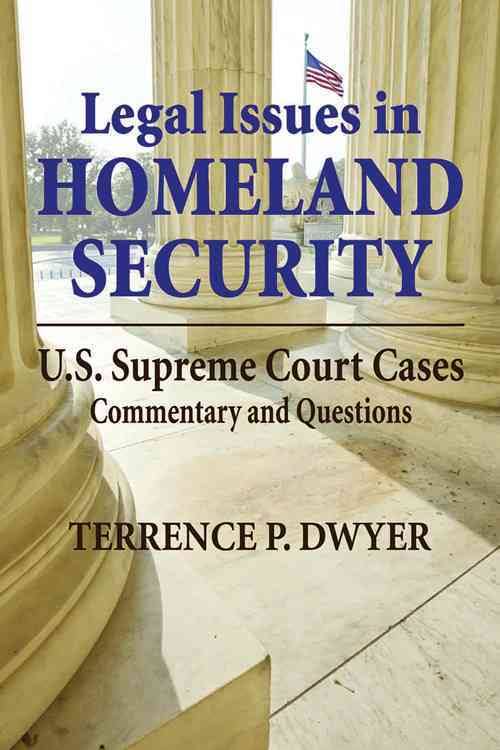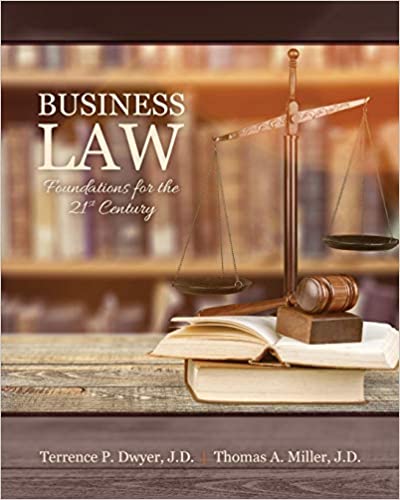The recent recommendation of Chicago Police Superintendent
Eddie Johnson to terminate the seven police officers who lied in the
investigation of the Laquan McDonald shooting death by Officer Jason Van Dyke
is in step with expectations and outcomes in similar cases. Police officers who
lie during the course of their employment have been terminated after
disciplinary hearings. Lying during the interview phase or report writing phase
of an official department internal investigation has often been the death knell
for a police officer's career. In fact, many police departments have a
zero-tolerance policy (as they should) that a sustained charge of lying is a
terminable offense. Those officers who somehow survive an untruthful moment
and, though disciplined, are still employed by their police department often
find themselves in the embarrassing and career limiting position of being
placed on a "Brady list."
The list is so named as a result of the 1963
U.S. Supreme Court case of Brady
v. Maryland which placed upon prosecutors an affirmative obligation
to disclose to the defense all exculpatory information. This includes not
only statements of witnesses and physical evidence, but any evidence that would
impeach a prosecution witness. A sustained disciplinary finding that an officer
had lied during an internal investigation would merit such disclosure to the
defense if the officer was to testify in a criminal trial. As a result,
approximately fifteen years ago, police agencies began to develop "Brady lists" and policies for
disclosure of those offending officers.
The
fact that an untruthful, dishonest officer is a liability to any police agency
is a statement made without argument. Similarly, that same officer is a threat
to the populace he or she is sworn to serve and protect. The U.S. Supreme Court
recognized the importance of integrity in the governmental workplace in LaChance
v. Erikson, 522 U.S. 262 (1998) wherein the Court held that a
government agency can take adverse administrative action against an employee
because the employee made false statements in response to an underlying charge
of misconduct. However, this only refers to administrative actions against the
officer--what about criminal penalties? While the potential loss of employment
is a heavy factor for anyone to consider, the reality of imprisonment is likely
weightier. What would be the potential charge an officer could face? Perjury or
any other criminal charge linked to lying generally requires there be some oath
or affirmation involved. An example would be testimony in court or before a
grand jury. An officer caught lying in one of those forums could expect swift
reaction from the prosecution in the form of a criminal complaint. But,
internal administrative proceedings are not in the same league and, even though
most oral interviews of officers contain some preamble about the contents being
an official record and that any false statements are punishable at law, this
rarely, if ever, results in a criminal charge against the officer. State penal
statutes dealing with dishonest testimony or false witness accounts are fairly
narrowly written. Still, that does not mean a lying officer is in the clear.
Prosecutions can resort to an obstruction of justice charge which is generally
somewhat broader in its application and would readily apply to the situation
where an officer lied about the facts and circumstances surrounding the deadly
use of force by a fellow officer against an individual. Yet, even this course
of action against an officer may not be so clear cut depending upon the relevant
state law.
A recent case out of the Michigan
Supreme Court highlights my prior point. In 2009 a Detroit police officer while
on duty assaulted a person who made a complain to the police department. An
internal investigation followed and the officer made statements denying the
allegation. These statements were made under the threat of being fired if he
did not submit to a statement. Two other officers who were present during the
alleged incident also provided untruthful statements to internal affairs
investigators. The initial officer was subsequently charged with misdemeanor
assault and battery and obstruction of justice and the other two officers were
charged with obstruction of justice. On June 22, 2016 the Michigan Supreme
Court, in three consolidated cases, People
v. Harris, People
v. Little and People v. Hughes, held
that the obstruction of justice charges against the officers were to be
dismissed since the charges were predicated upon the forced statements the
officers were required to provide. Since the obstruction of justice charge
could not be sustained without the use of the officers' administrative
statements it had to be dismissed. In their appeal the officers asserted their
5th Amendment rights under the U.S. Constitution and the statutory protection
under the Disclosures by Law Enforcement Act (DLEOA). The DLEOA is a Michigan
statute (MCL 15.391 et seq.) which states that involuntary statements by law
enforcement officers and any information derived from that statement cannot be
used against the officer in a criminal trial. Clearly this is a significant
legal protection for a police officer and an expansive grant of immunity from
prosecution. The fact that the officers had to submit to a compelled statement
under threat of termination during the internal investigation is enough to make
it an involuntary statement. The Michigan Supreme Court, in an acknowledgement
of the incongruous result, wrote, "We understand how this result may be
viewed as unpalatable. But as this Court has long made clear, our statutory
analysis i controlled by principles of interpretation, not palatability of
outcomes...This choice may seem odd, or reflective of questionable or even bad
public policy, but it was the Legislature's choice to make." The plain
fact of the matter is that while it may be easy to terminate a lying officer
prosecuting the officer for the actual lie is a whole different and more
complex matter.
The DLEOA statute, enacted in 2006, appears to codify the protections outlined
by the U,S Supreme in Garrity
v. New Jersey, 385 U.S. 493 (1967). However, it begs the
question as to whether Garrity sought to protect public employees
from the use of false statements as opposed to incriminating statements. There
is a world of difference between the two and it is a subject worthy of further
analysis and comment. Stay tuned.





